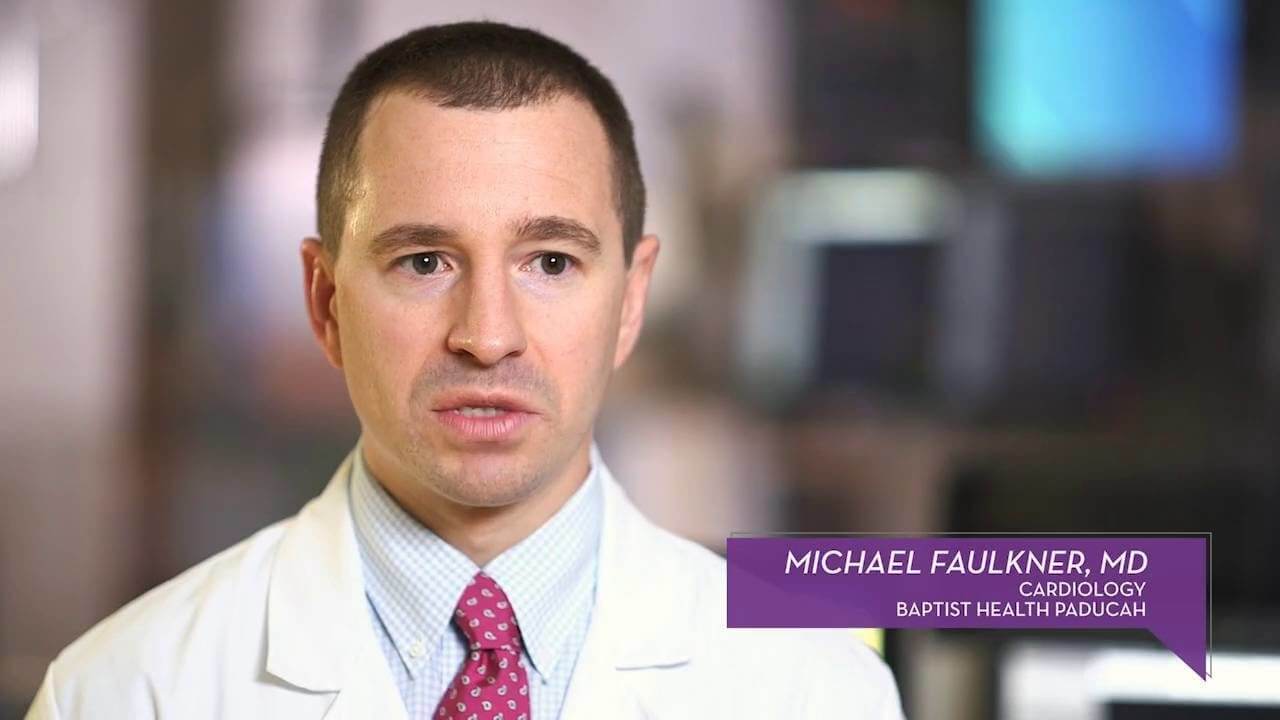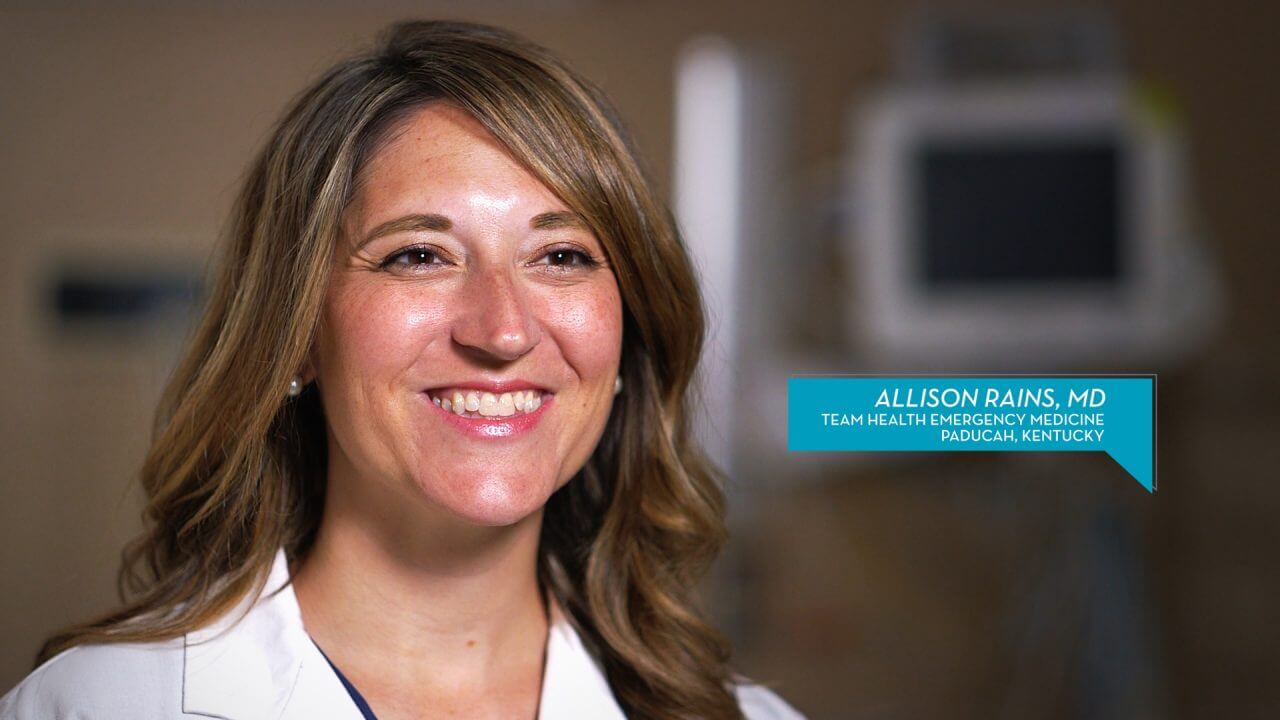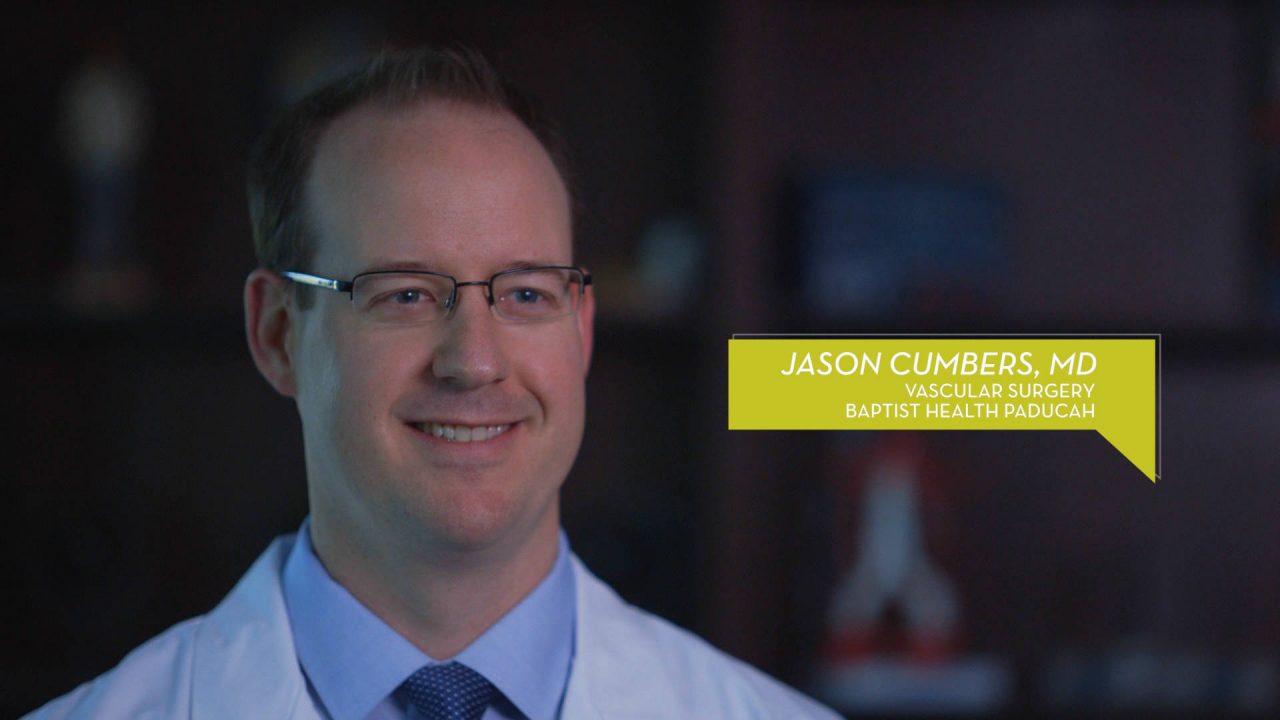Treating Coronary Artery Disease
Baptist Health Paducah: Treating Coronary Artery Disease
Cardiologist MICHAEL FAULKNER, MD, describes the risk factors and symptoms of heart blockages and explains treatment to re-open the arteries and prevent a heart attack.
Treating Coronary Artery Disease Health Talks Transcript
Michael Faulkner, MD, Cardiology
Traditional risk factors for coronary artery disease include high blood pressure, high cholesterol, diabetes, cigarette smoking, and an early onset of premature family history of coronary artery disease.
Kevin Pittman
You know, growing up and everything, my family had heart disease and everything, and I’ve always wondered, you know. I didn’t want one, but I always wondered what a heart attack was like, and now I know. And without hesitation, they were done.
Dr. Faulkner
Mr. Pittman presented with classic signs of a heart attack. He was quickly taken to our cardiac catheterization lab, where he underwent a procedure to evaluate his coronary arteries. During this procedure we found a complete blockage of one of his branches of a major blood vessel. Being that this was the major blockage and the cause of his symptoms, I proceeded to perform what’s called a coronary intervention, where we place small wires past the area of blockage, balloon dilate the blood vessel that is blocked, and then place a stint, which is a metal scaffolding in the artery that keeps the artery open long term, and in this particular case, stopped his heart attack, and restored blood flow to the heart.
Kevin Pittman
Well, compared to no blood hardly pumping, and blood pumping makes a lot of difference. I mean, it’s just totally different how your body feels because I didn’t realize that I was that bad off until that happened, and he went and opened it up and I got good blow flow. I think Dr. Faulkner saved my life.



